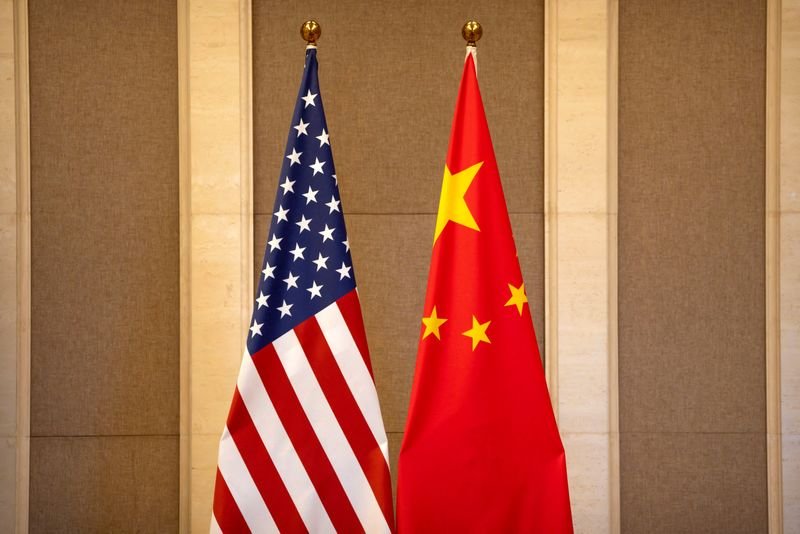Contents
APEC economic growth is set to decelerate in the coming years as per findings from the APEC Secretariat’s Policy Support Unit report. Persistent inflation and escalating tensions between the US and China identify as major factors. Thus, contributing to the anticipated slowdown. In addition to, the report, released on the eve of the APEC leaders’ summit in San Francisco, predicts a dip in the 21-country region’s growth rate from 3.3% in 2023 to 2.8% in 2024.
Challenges in the Pacific Rim Region
The Pacific Rim region faces several challenges, including persistent inflation linked to export restrictions, adverse weather conditions impacting rice and agricultural prices, and disruptions in the fertilizer supply chain. The factors cause a major threat to economic stability. Also to necessitating potential monetary policy tightening. Thus, could further hinder growth.
APEC Economic Trade Volume Projections
The trade volume for goods among APEC Economic countries is expected to rebound in 2024. Moreover, Goods exports and imports are forecasted to grow by 4.3% and 3.5%, respectively. However, projections indicate a peak at 4.4% in 2025. Thus, followed by a slight decline in 2026 due to geopolitical fragmentation disrupting established supply relationships.
Read More: US Consumer Sentiment Declines for Fourth Consecutive Month in November
US-China Relations Crucial APEC Economic
Carlos Kuriyama, Director of the APEC Economic Policy Support Unit, emphasizes the importance of resolving differences between the US and China. Therefore, trade tensions, driven by tariff battles and national security export restrictions, are increasing costs in supply chains. The upcoming meeting between US President Joe Biden and Chinese President Xi Jinping holds significance in mitigating these challenges.

APEC Priorities: Interconnected, Innovative, and Inclusive
Guided by this year’s priorities of interconnected, innovative, and inclusive, senior officials commence week-long deliberations focusing on three pillars of engagement:
- Digital Pacific Pillar: Expanding access to digital connectivity.
- Sustainability Pillar: Promoting sustainable and inclusive energy transition.
- Resilient and Inclusive Growth Pillar: Deepening economies’ ties and enhancing supply chain resiliency.
Ambassador Matt Murray, United States’ Senior Official for APEC, emphasizes the strategic importance of hosting APEC this year. The United States sees this as an opportunity to shape trade policies and drive economic growth in the Asia-Pacific region, which constitutes nearly 40%
APEC’s Impact on Trade and Investment
Seven of the United States’ top 10 trading partners are APEC members. APEC member economies have invested over USD1.7 trillion in the United States, employing 2.3 million American workers. Ambassador Murray highlights APEC’s role as a premier platform for advancing economic and trade policies, fostering innovation, and supporting businesses, especially small and medium-sized enterprises (SMEs).
“By actively participating in regional and global value chains, SMEs overcome trade barriers, expand their presence, drive innovation, and access new markets,” adds Ambassador Murray.
The week-long meeting will culminate in the APEC Economic Leaders’ Meeting on 16-17 November. Asia-Pacific leaders will establish a strategic agenda and regional goals for the next year, guided by President Biden.
Conclusion
The data underscores the urgency of re-engaging and avoiding economic decoupling between the US and China. Achieving a stable market is deemed by a wining situation. Thus, crucial for the economic stability of the Asia Pacific region.








